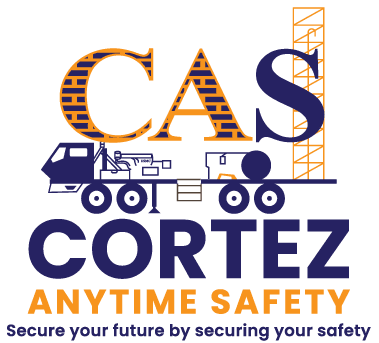Accidents can happen unexpectedly in the workplace, ranging from minor incidents to more serious emergencies. Being prepared and knowing the appropriate steps to take can make a significant difference in mitigating the impact of the situation. In this blog post, we will provide a comprehensive guide on what to do at work in times of accidents, emphasizing the importance of swift and informed actions.
- Prioritize Safety:
In the immediate aftermath of an accident, the first and foremost priority is safety. Ensure that everyone in the vicinity is out of harm’s way. If the accident involves hazardous materials or situations, follow established safety protocols, and evacuate the area if necessary. Protecting lives should always be the top priority. - Assess the Situation:
Take a moment to assess the nature and severity of the accident. Determine whether it’s a minor incident that can be addressed with basic first aid or if it requires more extensive emergency response. Stay calm and focused to make informed decisions based on the specific circumstances. - Notify Emergency Services:
If the accident is serious or involves injuries that require immediate medical attention, dial 911 right away. Provide clear and concise information about the situation, the location of the accident, and the number of people involved. Follow any instructions given by the emergency dispatcher. - Administer First Aid:
For minor injuries that do not require professional medical assistance, provide basic first aid if you are trained to do so. This may include cleaning and dressing wounds, applying pressure to stop bleeding, or assisting with CPR if necessary. Having designated first aid responders in the workplace can be invaluable in these situations. - Report the Incident:
Regardless of the severity of the accident, it is crucial to report the incident to the appropriate personnel within the organization. This includes supervisors, managers, or the designated safety officer. Timely reporting ensures that the necessary steps can be taken to investigate the root cause of the accident and implement preventive measures. - Preserve the Scene:
In cases where an investigation may be necessary, it is essential to preserve the scene of the accident as much as possible. Avoid moving objects or equipment involved unless there is an immediate safety concern. This helps in reconstructing the events leading to the accident accurately. - Provide Support and Communication:
After ensuring the immediate safety of everyone involved, provide emotional support to those affected by the accident. Open lines of communication to keep everyone informed about the situation and any ongoing response efforts. Transparency helps in managing concerns and maintaining a supportive workplace culture. - Conduct a Post-Incident Analysis:
Once the immediate response is complete, conduct a thorough post-incident analysis. This involves reviewing what happened, identifying contributing factors, and determining ways to prevent similar incidents in the future. A detailed analysis is crucial for continuous improvement in workplace safety. - Review and Update Safety Protocols:
Use the information gathered from the incident to review and, if necessary, update safety protocols and procedures. Ensure that all employees are aware of any changes and that training is provided to address specific areas of concern highlighted by the incident. - Foster a Culture of Safety:
In the aftermath of an accident, take proactive steps to foster a culture of safety within the organization. This includes ongoing safety training, regular safety drills, and encouraging employees to report potential hazards or concerns. A strong safety culture contributes to preventing accidents and creating a secure work environment.
In conclusion, accidents at work can be distressing, but a well-prepared and organized response can mitigate the impact and contribute to a safer workplace. Prioritizing safety, swift action, effective communication, and continuous improvement are key elements in navigating through challenging situations. By implementing these steps, organizations can enhance their ability to respond to accidents effectively and, most importantly, prevent them from occurring in the future.



